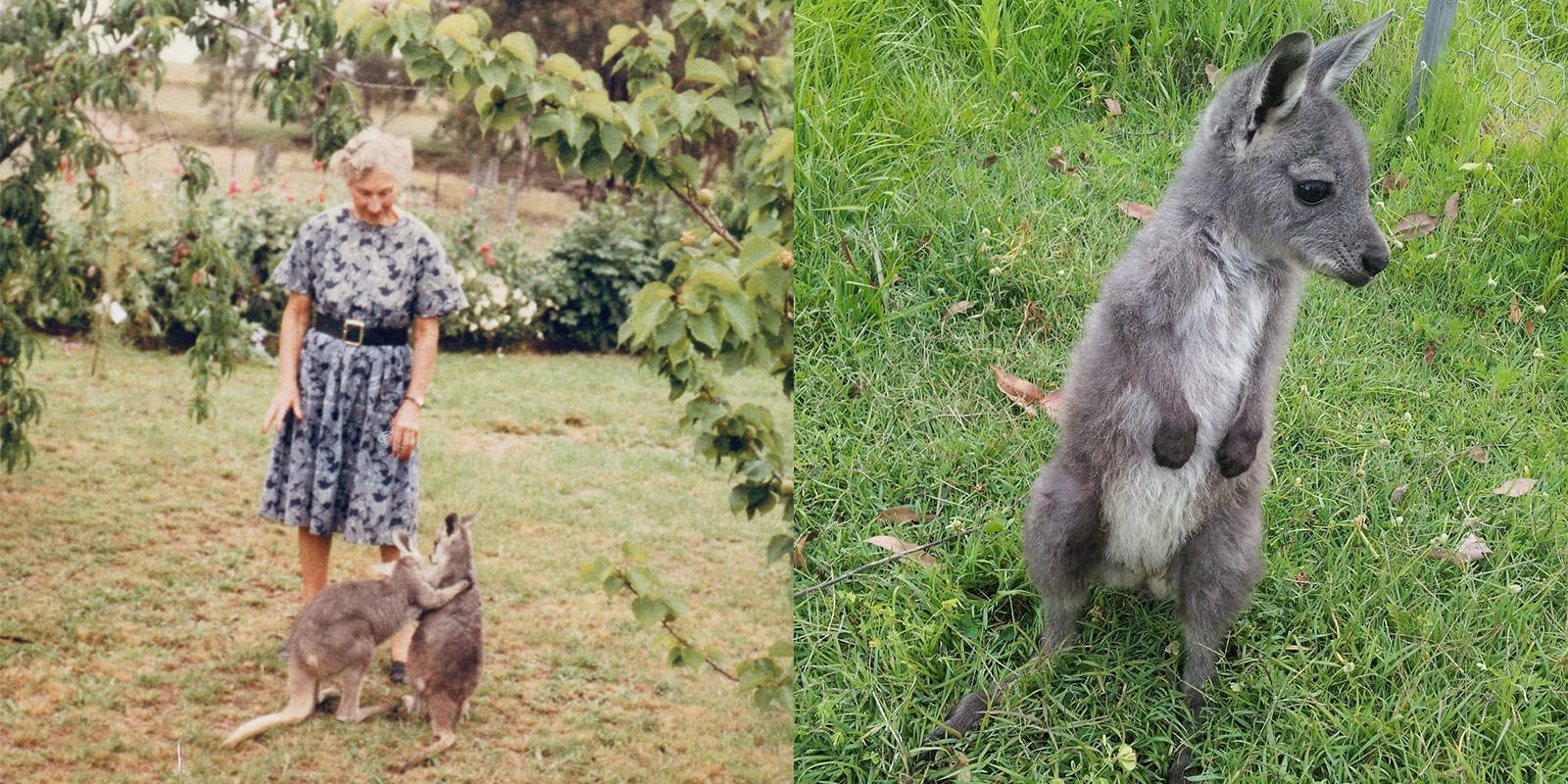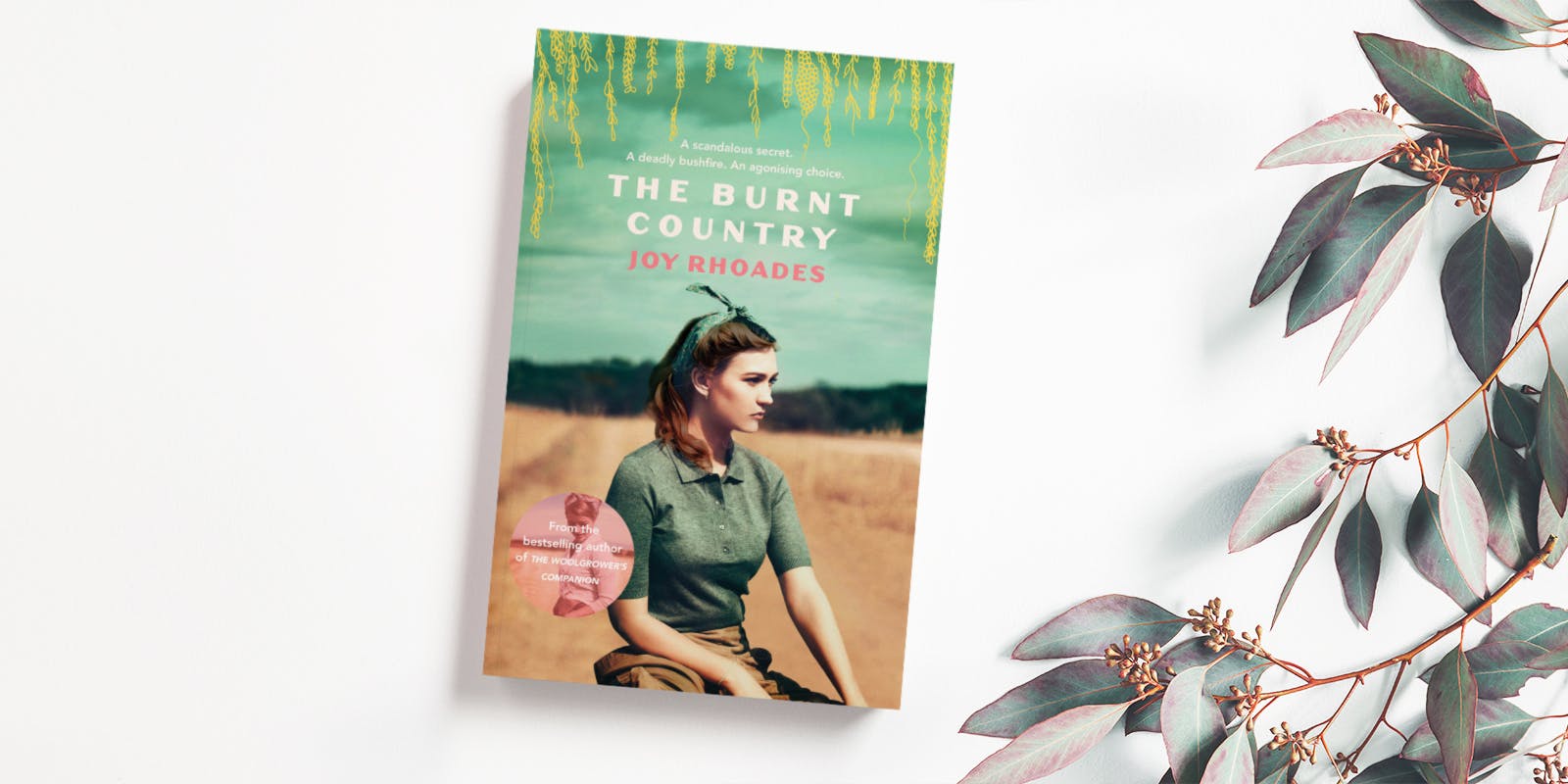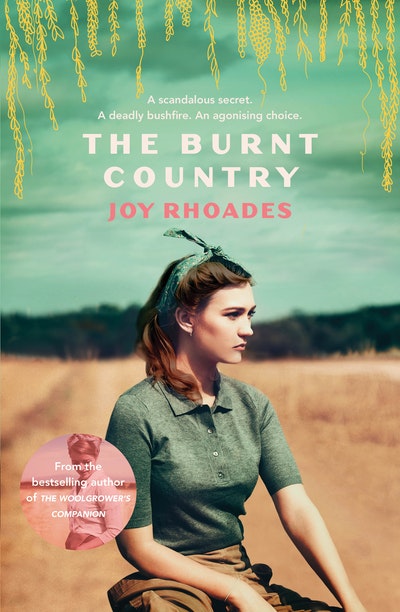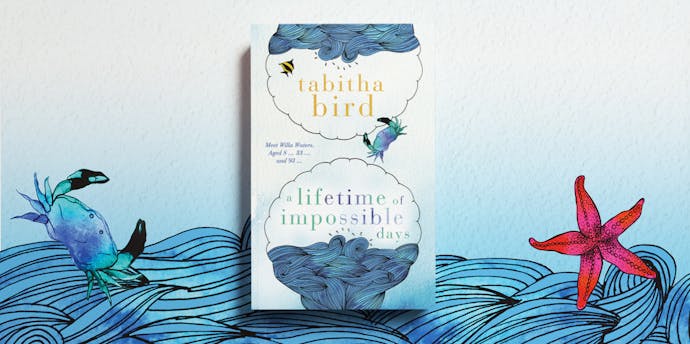Joy Rhoades on bushfires, orphan wallaroos, life in 1948 and researching her new book, The Burnt Country.
Even before I had an agent for what would become my first book, The Woolgrower’s Companion, I knew I wanted to write more of Kate’s story. But what? In The Woolgrower’s Companion, Kate fights a drought, the drought that afflicted much of eastern Australia from 1939 to 1945. That was followed by a run of good seasons, bringing the sort of rain that produces wonderful pastures for graziers and their stock but a great increase in fire risk. And then, I knew. I would write about Kate and fire.
I start my research for a novel by reading, reading, reading. In this case, that soon led me to Justin Leonard: a CSIRO expert on bushfire and bushfire preparedness for homeowners. He was very generous with his time when I talked to him, by phone from London, with my ideas for scenes in The Burnt Country. What would Kate be doing when a bushfire was likely? And when it was coming?
I try hard to make my historical books as accurate as possible. My goal is to maintain that magic 'suspension of disbelief' throughout, to grip the reader from the first sentence and hold them till the last. But there is one anomaly in The Burnt Country in that many of the fire preparedness techniques are more modern than the book’s setting of 1948. As bushfire is more and more common and destructive in Australia, I decided I could not, in good conscience, use the much more primitive 1948 preparedness techniques in a book to be published in 2019. We live with high bushfire risk almost permanently now.
I needed expert help on how fires burn and how they are fought. Tim Clark of the Queensland Fire and Rescue Service (and a primary schoolmate from Roma) guided me on so much, teaching me, for example, about the ‘chimney effect’ of a hollow tree trunk that you will see in The Burnt Country. Kate Vandine, the librarian of the New South Wales Rural Fire Service, provided valuable historical material, as did firefighter Tim Butcher, and a retired firefighter and amateur historian, David King. The amazing Aunty Kerry Reed-Gilbert helped me with the novel, especially with the character, Daisy Nunn, and other Aboriginal aspects, to be sure I was approaching them with sensitivity and respect. And these are just a few of so many others. For me, one of the great pleasures of researching a book is talking to experts and with their help, building a gripping story that is authentic – that could have happened.
One part of the story that I especially enjoyed researching was ‘how to raise an orphan wallaroo'. My grandmother (whose stories inspired both of my books) often raised joeys who had lost their mothers (see photos below). But I turned to the experts at WIRES who are licensed to rescue and care for native animals. My memories of my grandmother and the great people at WIRES helped me craft a plotline for the orphan joey Donald (named in honour of Donald Bradman) that I hope would make my grandmother proud.

Images via Joy Rhoades.
Both the research and the writing of The Burnt Country were very different from the process for my first book. I now write full-time, so it was a smoother and more focused writing process this time around, and a wonderful luxury not to be squeezing in my writing around a day job. I was also very lucky that I had a deadline, The Woolgrower’s Companion sold well, and Penguin Random House Australia quickly commissioned another book. But The Burnt Country is very much a standalone book – you don’t need to know anything about The Woolgrower’s Companion or even that it exists to be able to pick up and enjoy The Burnt Country.
While I’m a Queenslander, I live in London now and it might seem odd for me to be writing books which are so quintessentially Australian in setting and outlook. But there is a kind of nourishment in it for me. I might be sitting at a desk in grey old London with sleet or drizzle outside, but on my page is the sharp bright light of a hot day in the Australian bush. Glorious.
I’m fascinated by the impact of the past on the present and that’s why I’m drawn to writing historical fiction. That adage sticks with me: 'those who fail to learn from the past are destined to repeat it'. In these especially troubled times, when it might seem that we are going backwards on tolerance and backwards on equality, learning from history, real history, is an extraordinarily positive thing. But whatever changes, there are some human constants: we love, and we suffer loss, we cry, we fail and then we try again. That human experience is common to us all, it seems to me, whenever in history we happen to live. And those universals are what I write about.
What would Kate Dowd’s life have been like if the story was set in 2019 other than 1948? In some ways everything has changed and in others, nothing has changed. My sense is that sadly a small number of men on the land continue to resist women as their equals. But that small number is tiny and getting smaller all the time. The good news is that I believe there are better support networks for people – men and women – who work in agriculture, particularly on the mental health front, given the incredible stresses that primary producers face. I hope that The Burnt Country shines a light on the enormous, almost life-saving nature of support networks, our friends and 'family' in all its forms, to help us through the hardest of times, and help us celebrate the good times.
I’m inspired to write novels about women working on the land because they’re inspiring. Growing up in western Queensland, I knew so many of these ladies. Such wonderful women! I wanted to capture them and their characters: so often kind, funny and resilient. That’s what I hope readers see in Kate.















